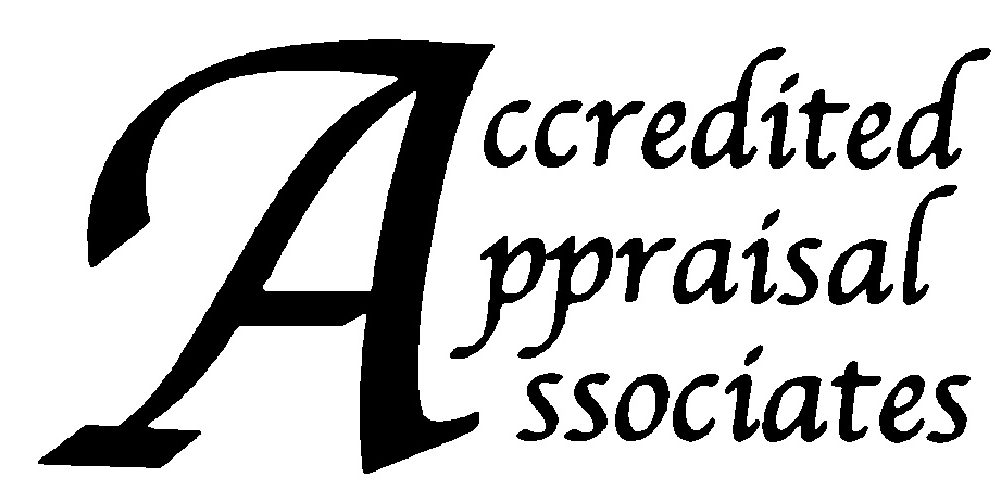Keep in mind that the appraiser’s inspection fee is based on an hourly charge; whatever you can do to prepare and organize items for the appraiser’s inspection will save time for the appraiser, and consequently will save money for the client.
Items to be appraised
If the vast majority of items at the inspection location are to be appraised, signify the items that should not be appraised with a tag or note. Otherwise, the appraiser will, at a minimum, be required to ask additional questions or a maximum be required to appraise all items.
If a list of designated items is supplied to the appraiser, it is understood that only the items on that list will be appraised. If, in the opinion of the appraiser, other items present fit the requirements of the appraisal, clarification will be sought by the appraiser or whether or not to include the additional items.
Accessibility
Make sure all items are accessible to the appraiser; if items are in storage areas, garage, outbuildings, basements, attics, boxed items should be unpacked and laid out for inspection If you do not wish to undertake this task, the appraiser will be happy to do it; however, unpacking and re-packing takes time.
Furniture or other heavy objects
If large pieces of furniture/artwork/mirrors are being appraised, whenever possible move the object away from the wall so the back can be viewed; if it is an antique piece of furniture it should be emptied so construction techniques can be observed. Paintings should be removed (or readily removable) from the wall so that the appraiser can inspect the back.
However, if the item is too large (or heavy, or fragile) to move – do not move it! The item will be appraised in place and so noted under the Limiting Conditions section of the appraisal document.
Antique tall case clocks should have their hoods removed and placed in close proximity to the clock.
Smaller objects
The appraiser will move small artwork or wall art that is within reach.
When space allows, silver should be laid out for the appraiser; if you know how to distinguish items, separate the hollow ware into one area (and separate silverplate from sterling) and place the flatware (similarly divided) to another area. Sets of crystal and china are more easily inspected if the client can remove them from cabinets; otherwise the appraiser may pull them in order to ascertain condition. Realizing that space to set out all the items may be an issue, many clients choose to assist in the process by setting out and replacing items as the appraiser works to complete inspection.
Jewelry/Coins/Guns
Arrangements for a specialist may be applicable for fine jewelry, rare coins, guns, and stamps. Additionally, some fine art may require examination by a specialist. Please make arrangements ahead of time if you think need such services.
Full Disclosure
The ability of the appraiser to “tell the story” of the items being appraised hinges in some significant aspects on the information provided by the client (or owner). Transparency and full disclosure of any information pertaining to the specific property(ies) assist the appraiser to make correct assessments that are less based on assumptions and more based on information and facts. Any and all facts about the items being appraised should be shared with the appraiser.
Clients are asked the following to the appraiser, preferably prior to the set time of inspection:
1)provenance, including history of ownership, bills of sale
2) prior appraisals
3) insurance schedules including the properties
4) inventories from old owners or estates
5) repair/restoration history
